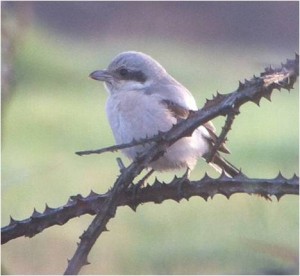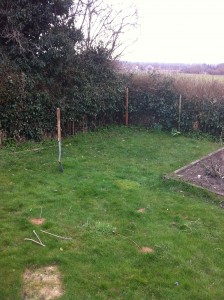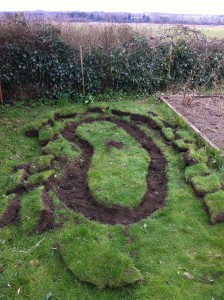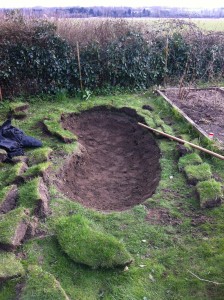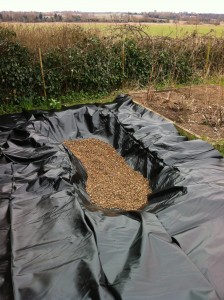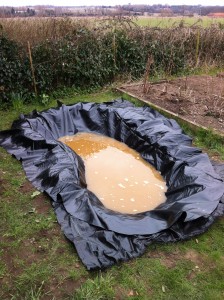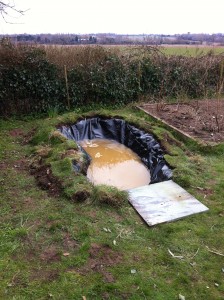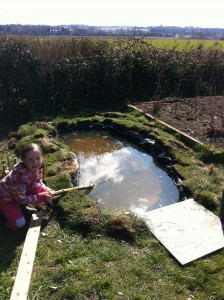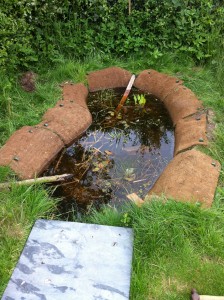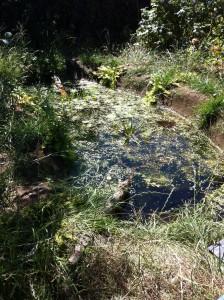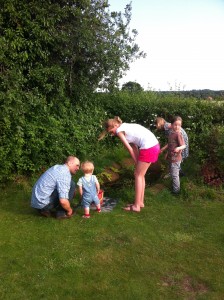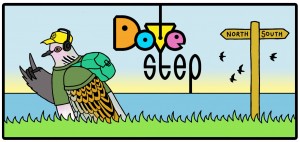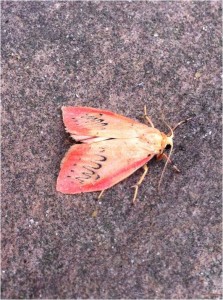So who gets my green vote?
I like to plan ahead. I have been thinking ahead to next year, in particular to the General Election. In a scenario where I could put all other pressing issues aside, and just vote for the political party based on their green policies and credentials, who would I vote for?
And what exactly are “green” issues? Personally, the issues I really care about and which I believe affect me directly are, in no particular order, planning and infrastructure, flood management and water resources, nature conservation, climate change and renewable energy. I was looking out for these issues.
So, I thought a good place to start might be to look on each of the main parties’ websites to see what was on offer in the way of one-line promises. As I live in England, my definition of main parties was Labour, Lib Dem, Conservative, UKIP, and Green party.
Labour: There’s no page dedicated to the Environment on the Labour website, so I searched the website and came up with a speech from August this year at WWF UK by Angela Eagle, the Shadow Environment Secretary. “Labour will take flood protection seriously. We will re-prioritise flooding as a core responsibility of Defra. We will end this Government’s short-term approach to flood investment and prioritise preventative spending that can save money in the long-term. As part of the Armitt Review, we will establish an Independent National Infrastructure Commission to identify the UK’s long-term infrastructure needs, which will include flood protection.” And then there’s some stuff about air pollution. No mention whatsoever of nature conservation or climate change, a bit remiss considering the venue! My assumption here is that these issues are “very low” on the Labour agenda.
Conservatives: there is no mention of the environment at all on the party website (or, indeed, any of my other pet issues). The nearest I could come up with was “Investing in better infrastructure, including roads, rail and broadband – so it’s easier to reach customers”. A very poor website all round in my opinion. And clearly environmental issues are not important at all. Apart from a tree symbol painted the colours of a Union Jack.
Lib Dems: At least their website has an environment page, so they score points. Lib Dems claim to have created 200,000 new jobs by investing in green energy (yes folks, that was all the Lib Dems’ doing). They have also planted 1 million trees in a government tree planting scheme, and (looking forwards at last) promise to put a 5p charge on plastic bags.
UKIP: The two vaguely environmental policies are: Scrap HS2, all green taxes and wind turbine subsidies. Develop shale gas to reduce energy bills and free us from dependence on foreign oil and gas – place the tax revenues into a British Sovereign Wealth Fund. Well, I don’t agree with the policies, but at least they have a couple they can put their name to.
Green Party: Not surprisingly, there is a webpage for environment and climate change, which pledges to:
- Tackle climate change faster and more effectively by moving Europe from a fossil fuelled economy to one powered by renewable energy. We need to leave fossil fuels in the ground.
- Prepare for increasing impacts on ourselves and our neighbours by investing in upland water conservation and flood defences, to shield us from extreme weather events.
- Protect our natural world from short-term corporate interests who invest in its destruction.
- End factory farming and animal testing, crack down on the illegal trade in wildlife, and introduce strong animal protection standards.
- Cut demand by encouraging European incentives for home insulation, reducing the amount of energy we need to heat and power Britain’s homes, and providing much-needed jobs.
- Change the types of energy we use by speeding up the transition from fossil fuels to renewable energy by voting for increased targets in Europe.
- Reject harmful long-term solutions. We would ban all fracking and stop building nuclear power stations.
- Bring the railways back into public ownership and build new local lines and trams.
- Restore local government control over buses to improve provision and give them preferential road space.
- Work to reduce petrol and diesel use.
- Scrap the pointless and hugely expensive HS2 – a train line for the 1%, not the 99% of rail users.
Well, the Green party, as I might have expected, do tick a few of my boxes, and have at least considered some of the issues.
Overall though, it is clear that the issues I have identified as being important to me as a voter (and arguably of critical importance to the country as a whole) are not prominent on the mainstream political agenda. Do I therefore have to add my voice to the many who say that our political elite is out of touch with the voters?
For the election, of course we have to wait for the publication of the parties’ manifestoes. I will be very interested to see how the parties compare, and yes, it will affect the way I vote!

